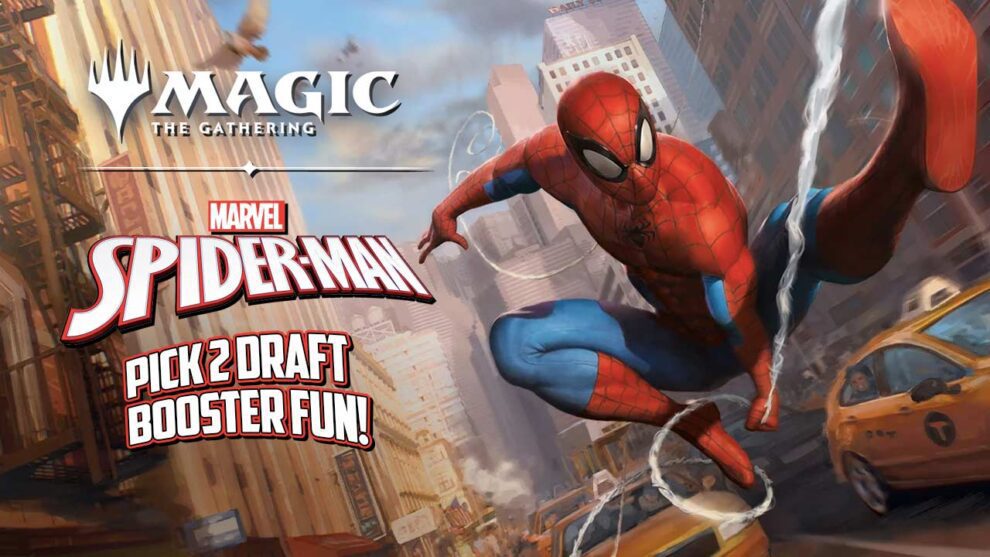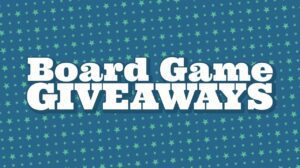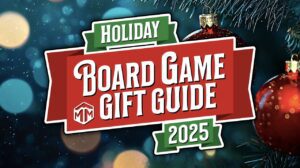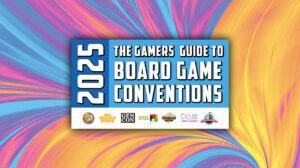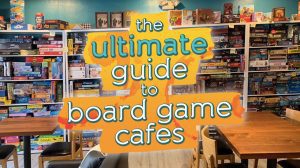The game of Magic: The Gathering has come a long way from the early days of Alpha and Revised. “Mana burn” is a thing of the past, the phrase “They can’t be regenerated” is mostly meaningless, and White can draw cards now! However, even with the myriad of new mechanics, methods of play and non-Magic IP that have been added to the game’s multiverse, the core gameplay of Magic remains largely intact. Magic players still play and tap lands for mana, direct creatures to attack, and cast any number and variety of spells to surge themselves to victory.
Every so often, though, Wizards of the Coast will come up with a set aiming to innovate in the way players experience one of Magic’s most distinct and vital formats: Booster Draft. This is reportedly the case for Magic’s upcoming Spider-Man themed set, Magic: The Gathering X Spider-Man, which, beyond bringing a swarm of Spider-people (and animals) to the card game, has been designed for a new Draft experience: Pick 2 Draft.
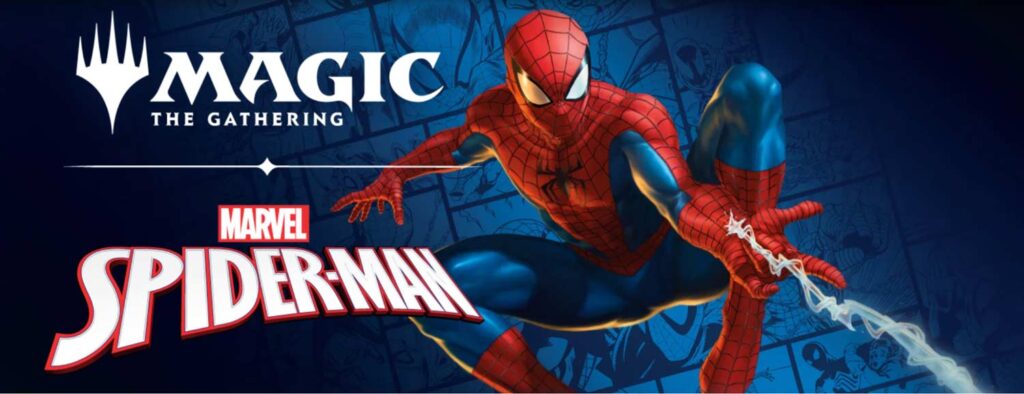
For the uninitiated, Booster Draft (or Draft as it is referred to by many players) is a Limited format where groups of (ideally) eight players draft 40-card decks after passing around a succession of booster packs, taking one card from each pack passed to them. Traditionally, booster packs contain 14-15 draftable cards and each player starts with three booster packs to pass to their left and right, depending on which pack is being opened. After every card from each pack has been drafted, players are usually left with 42 cards with which to build 40 card decks (usually 23 spells and 17 lands). Limited deck building and gameplay vary wildly depending on the set, but the core of what Booster Draft is and how it operates remains constant across sets.
The basic idea behind Pick 2 Draft is that, instead of taking 1 card per ‘pick,’ drafters will take two cards from each pack they are passed, giving them more flexibility to stake their claim over a specific color or draft archetype. While the main gimmick of Pick 2 Draft has been seen before in sets like Double Masters and Commander Legends, one main change that Magic: The Gathering X Spider-Man’s format offers is the ability to draft in smaller pods of four players. Any player who has found themselves in a draft pod of more or less than 8 players can attest that, in a traditional Booster Draft arrangement, fudging the numbers of packs or players often leads to a less than ideal draft experience. Pick 2 Draft seeks to provide a quicker, easier-to-fire draft format that is suited toward the reduced-sized card pool included in Magic: The Gathering X Spider-Man’s set.
The various Universes Beyond products that have entered the Magic ecosystem in the past few years have been designed with the goal of attracting new players to the game. Some UB sets, like 2024’s Fallout and 2022’s Warhammer 40K, have been limited to offering new players themed Commander decks around iconic non-Magic-related characters and worlds. It has only been with recent UB sets like Magic: The Gathering X Final Fantasy that new players have had the opportunity to dip their toes into drafting while searching for gorgeous art treatments of their favorite characters. Many collectors may opt to play the proverbial slot machine and open whatever booster packs they can get their hands on, but seasoned players understand that opening boosters outside of Draft or Sealed is somewhat wasteful. But who regularly has 7 friends around to fire a fully-fledged Draft, or twelve booster packs handy to play head-to-head Sealed with a buddy? With lower logistical and financial overhead, Pick 2 Draft lowers the somewhat high barrier to entry for newer players to engage with Booster Draft in a casual setting.
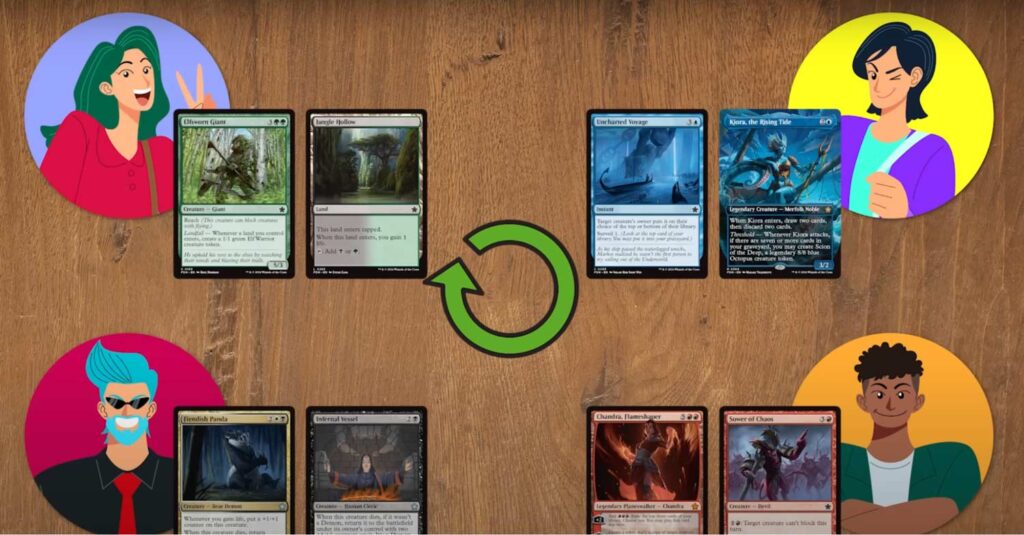
Pick 2 Draft is only the latest example of Draft Innovation that new players (or small groups of experienced players) can utilize to get their pack-cracking Limited gameplay fix. Here are a few other ways for players to get more bang from their booster pack purchases, provided they have at least one friend to play with.
Winston Draft
Magic: the Gathering Bundles sneakily contain (almost) everything you need to fire a Winston draft in the comfort of your home. Winston Drafts, a casual Limited format designed by Richard Garfield, require only 90 cards, or the shuffled contents of 6 booster packs (minus tokens) and two players to fire, though they can be adapted to include up to four players. In this style of Draft, players take turns considering picks from three face down piles of cards, dealt from a combined deck of the 90 cards they’ve gathered from their booster packs. Each pile starts out with one card facedown, and this number increases or decreases as the draft progresses.
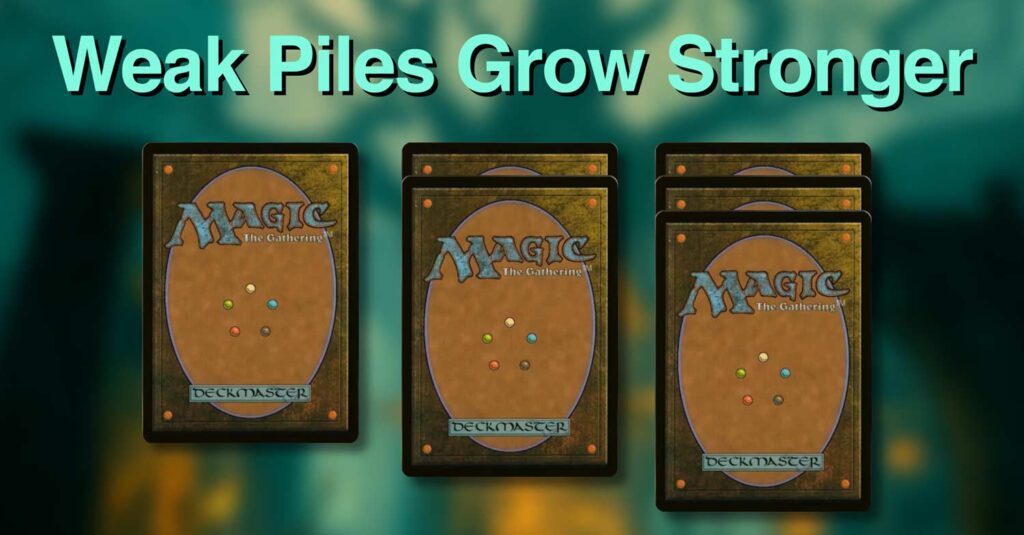
When a player looks at a facedown card or pile and decides to take it, they add their pick(s) to their drafted card pile and replace the pile with one card from the combined deck. If a player looks at a facedown card or pile and decides not to take it, another card is placed face down in that pile. That player then has the chance to look at the next pile of cards and decide if they want to take from that pile instead. If, after inspecting all three piles, a player has not made a pick in a round, they will automatically take a card from the top of the combined deck, and the turn will pass to the next player.
Players take turns drafting cards, exchanging tantalizingly incomplete bits of information with each other as one player’s trash may prove to be another player’s treasure. Because the cards are dealt face-down and frequently shift and change with each pick, neither player will see every card in the card pool until the combined deck is empty and players begin constructing a 40 card deck from their picks as normal, adding a combination of basic lands and other mana sources to enable their decks to function.
Winston Drafts may not be ideal for all players or all situations, but they’re a great way for newer players to get a handle on Limited gameplay and deckbuilding while also enjoying the excitement and random chance of opening Booster packs in a laidback environment.
Grid Draft
While the Cube format of Magic deserves an article to itself, a brief summary of Cube is that it is a Limited format in which players design and curate a draftable set of cards from all across Magic built around desired themes and mechanics. Some well-known examples include the Magic Online Vintage Cube, which regularly integrates newer standout cards like Oko, Thief of Crowns and Cori-Steel Cutter alongside longtime powerhouses like Time Walk and Black Lotus. Grid Draft is one way that Jason Waddell devised to enable smaller groups of players to enjoy Cube drafts without a full pod of eight players.
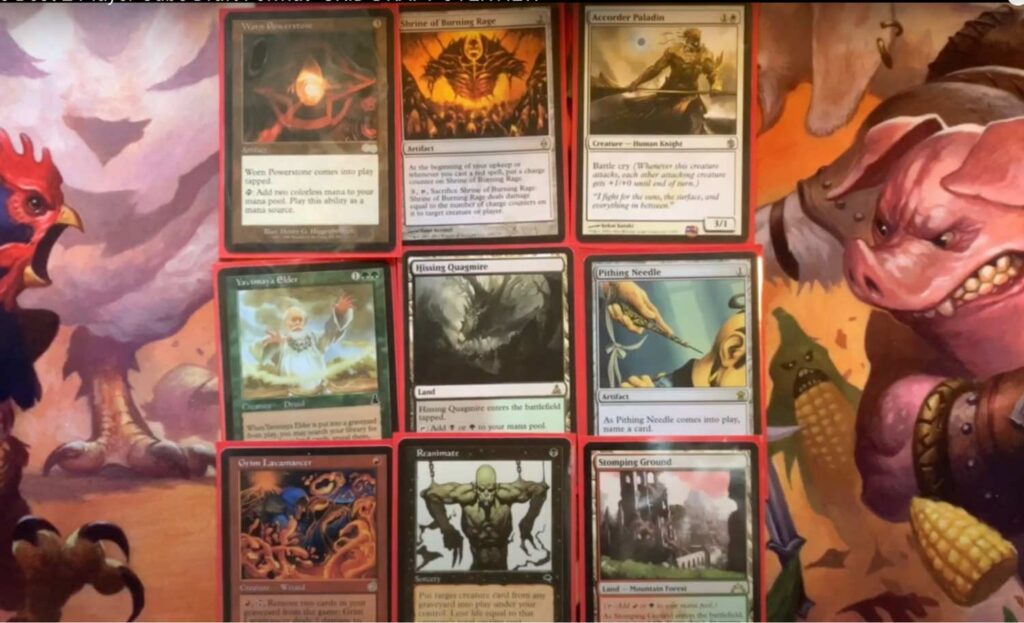
To set up a Grid Draft, players will need to assemble 18 ‘packs’ of 9 cards each from their Cube card pool. This can be done randomly or along the lines of how that player’s Cube is organized, with color balance in mind (or not!) Each time a pack is ‘opened,’ it is laid out in a 3×3 grid of face-up cards. Instead of drafting cards one at a time, players take all cards from a given row or column of the grid and add them to their draft pool. Alternating which player picks first with each pack, each pack only has two ‘picks’ – one for each player – with any unpicked cards being discarded out of that pack and removed from consideration.
What distinguishes Grid Drafting from other forms of Draft is the level of information available to each player about what cards their partner (or partners) select, and what archetypes they might be pursuing. While hate-drafting is rarely a recommended strategy in most forms of Booster Draft, Grid Drafting encourages players to edge each other out of their desired archetypes’ key synergies or prompt them to make tough choices on the way to building their ideal deck.
The set up cost for Grid Drafting may be high, but the payoff can be immense (and immensely replayable) for advanced players with access to Cube cardpools they love.
Mini-Master / Pack Wars
Whether it makes financial sense or not, Magic players will often experience an urge to buy a loose booster pack or two from their LGS under the pretense of supporting local business. Mini-Master, also known as Pack Wars, is a casual Limited format designed to capitalize on this universal yearning for pack-cracking.
Designed by Mark Rosewater and Henry Stern before their days at Wizards of the Coast, Mini-Master asks players to collect 1 booster pack each and 3 of each basic land type. Without looking at the contents of the booster pack, players shuffle the booster cards and their basic lands together (removing any tokens or art cards) into a smaller than average Limited deck and play their mystery decks against each other.
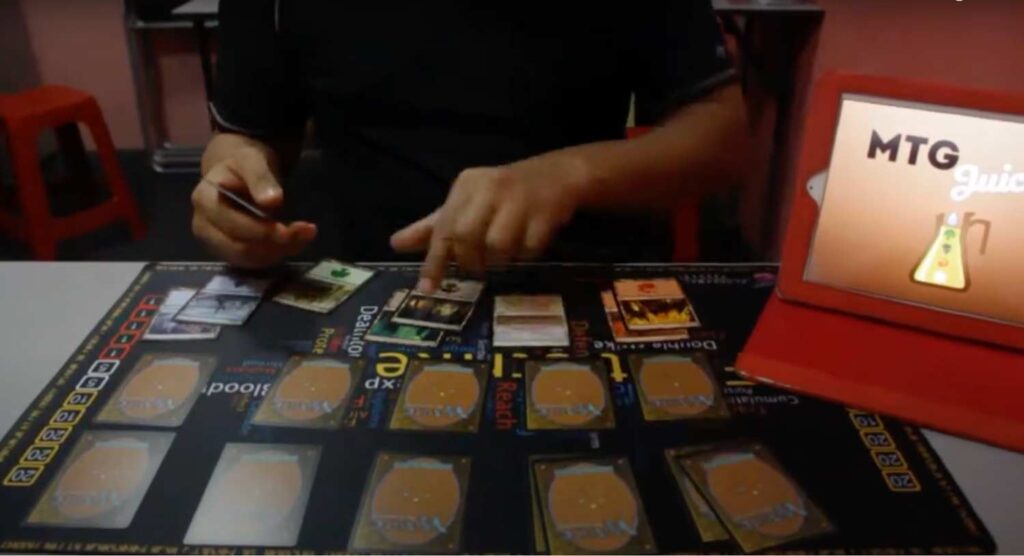
As with most 1v1 Magic formats, Mini-Master players begin with 20 life each, but given that these impromptu Limited decks often begin with no intentional synergies to them, gameplay can range from quick and dirty to remarkably grindy. Each time a player wins a match of Mini-Master, they get to add another booster pack to the card pool of their deck. From then on, their deck follows the standard formula for Limited deck building, with a 40 card minimum and basic lands being added (or subtracted) as needed.
There are numerous variants to Mini-Master that exist, but this basic pick-up and play formula is a great way for any player to pass time between events or make the most out of their prize packs.


